预约演示
更新于:2025-05-07
Schisandrin
更新于:2025-05-07
概要
基本信息
关联
1
项与 Schisandrin 相关的临床试验NCT05223218
Investigating the Diagnostic Potential of Tear Proteins in Breast, Ovarian, Prostate, Melanoma, Pancreatic, and Colon Cancer
This Pilot Study is to investigate the tear proteins in a multitude of cancer types and indulge in biomarker discovery to manufacture simple, accurate, and novel tear-based diagnostic tests.
开始日期2021-08-25 |
申办/合作机构  Namida Lab, Inc. Namida Lab, Inc. [+2] |
100 项与 Schisandrin 相关的临床结果
登录后查看更多信息
100 项与 Schisandrin 相关的转化医学
登录后查看更多信息
100 项与 Schisandrin 相关的专利(医药)
登录后查看更多信息
1,050
项与 Schisandrin 相关的文献(医药)2025-05-01·Journal of Hazardous Materials
Mechanistic insights into surfactant-induced transformation of chromium-bearing schwertmannite and chromate redistribution during dissolution and recrystallization
Article
作者: Cai, Pingxiong ; Zhang, Yuankai ; Chen, Bo ; Wang, Feng ; Duan, Jiayi
2025-05-01·The International Journal of Biochemistry & Cell Biology
Selective cerebral hypothermia alleviates focal cerebral ischemia/reperfusion injury via enhancing SUMO2/3 modification of Drp1 in rats
Article
作者: Fu, Li ; Liu, Wenji ; Yuan, Yang ; Shi, Fei ; Dong, Rui ; Li, Hong ; Zhang, Gaofeng ; Liu, Jinhao
2025-05-01·Journal of Ethnopharmacology
Affinity-purified targets screening facilitates active components discovery of Chinese formula —HuGan tablets as a case
Article
作者: Wang, Ying ; Gao, XiaoYan ; Chen, RuiShu ; Li, XueJiao ; Li, Miao ; Luo, Gan
100 项与 Schisandrin 相关的药物交易
登录后查看更多信息
研发状态
10 条进展最快的记录, 后查看更多信息
登录
| 适应症 | 最高研发状态 | 国家/地区 | 公司 | 日期 |
|---|---|---|---|---|
| 急性肾损伤 | 临床前 | 中国 | 2024-05-26 |
登录后查看更多信息
临床结果
临床结果
适应症
分期
评价
查看全部结果
| 研究 | 分期 | 人群特征 | 评价人数 | 分组 | 结果 | 评价 | 发布日期 |
|---|
No Data | |||||||
登录后查看更多信息
转化医学
使用我们的转化医学数据加速您的研究。
登录
或
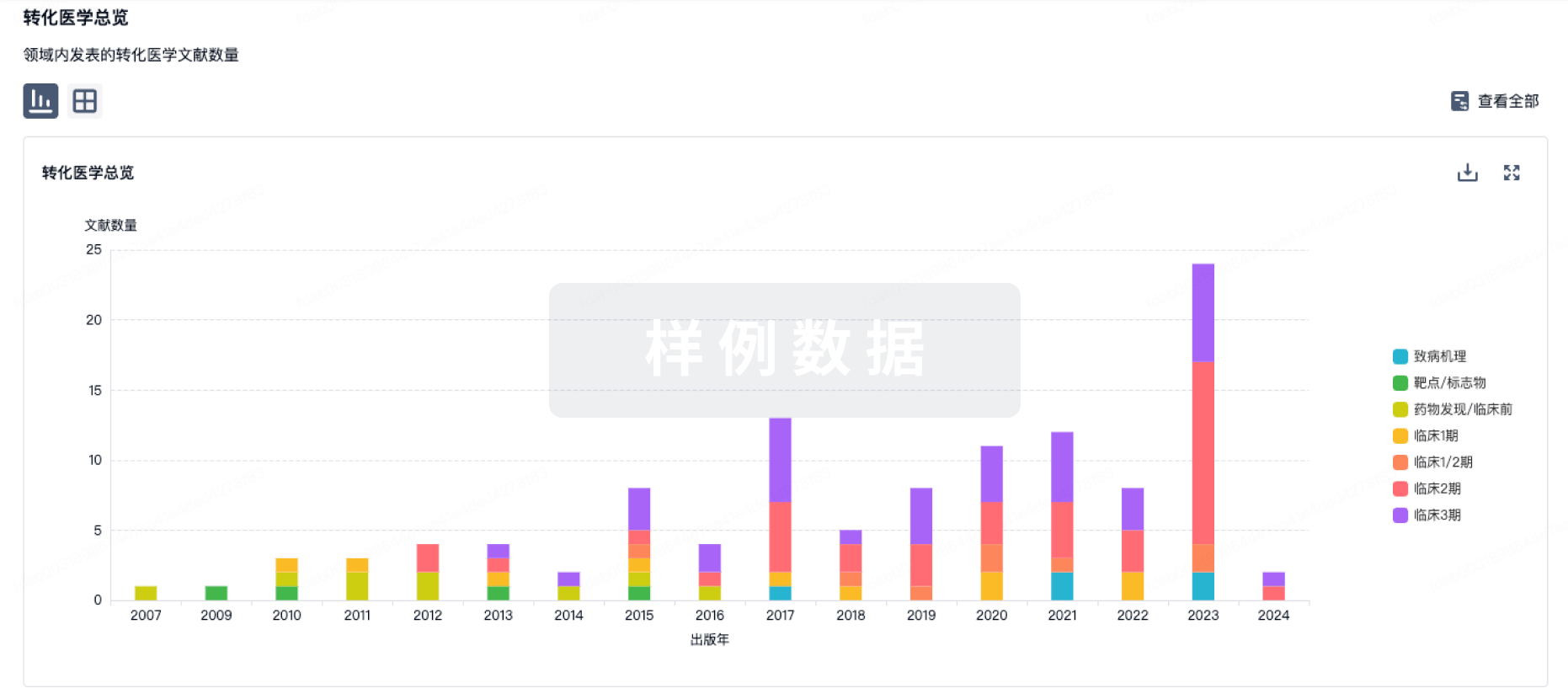
药物交易
使用我们的药物交易数据加速您的研究。
登录
或
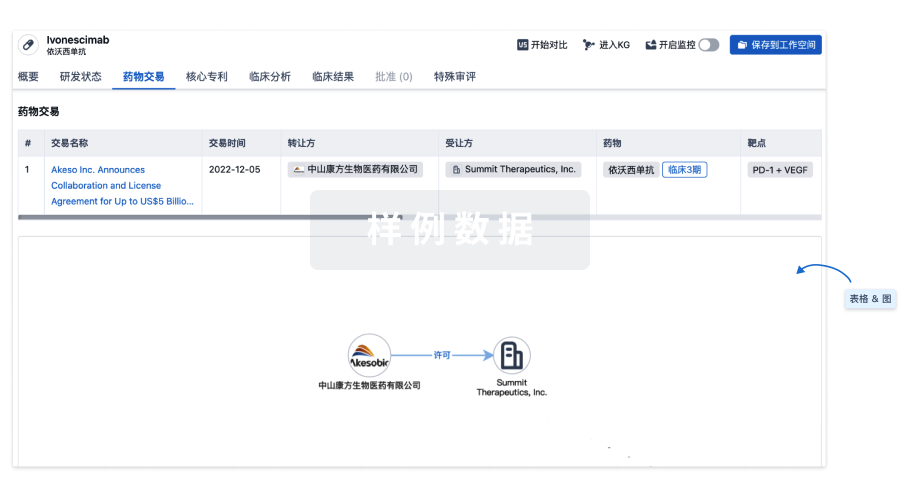
核心专利
使用我们的核心专利数据促进您的研究。
登录
或
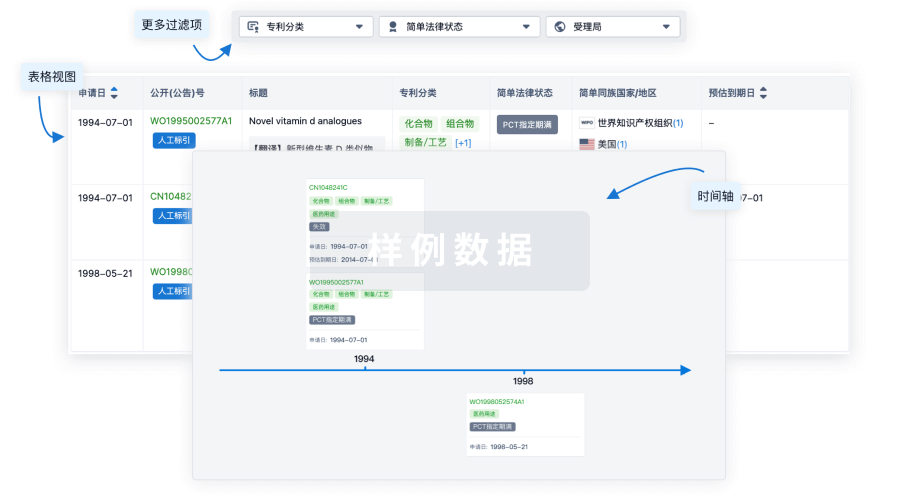
临床分析
紧跟全球注册中心的最新临床试验。
登录
或
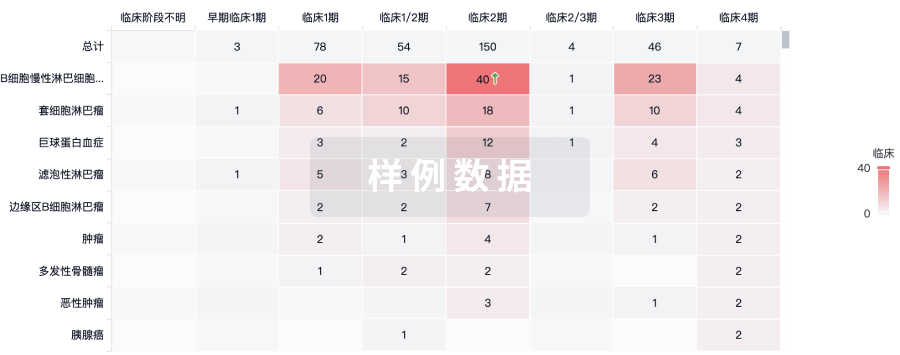
批准
利用最新的监管批准信息加速您的研究。
登录
或
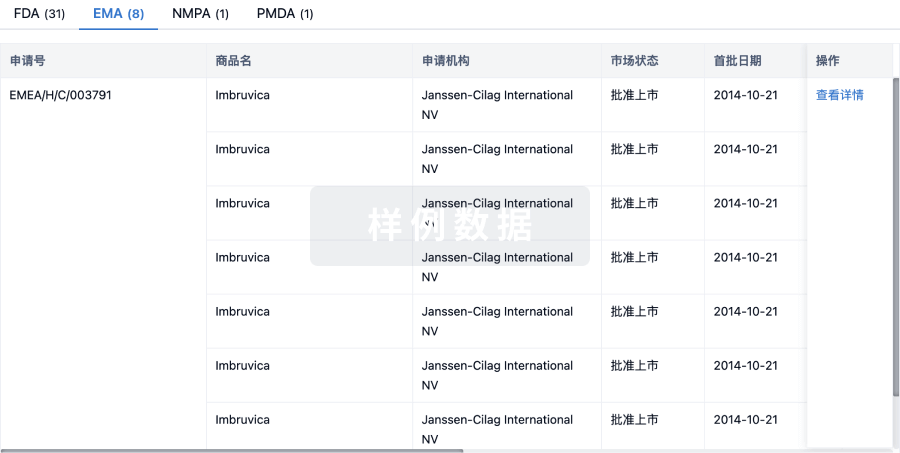
特殊审评
只需点击几下即可了解关键药物信息。
登录
或
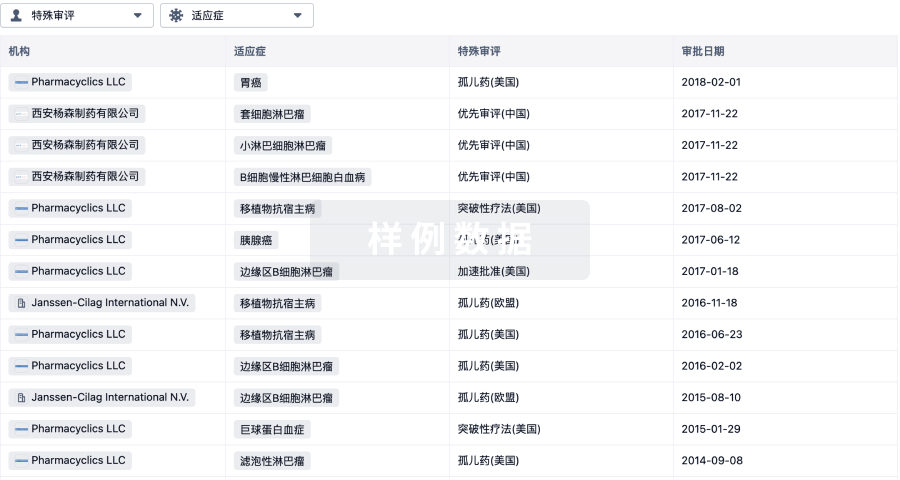
生物医药百科问答
全新生物医药AI Agent 覆盖科研全链路,让突破性发现快人一步
立即开始免费试用!
智慧芽新药情报库是智慧芽专为生命科学人士构建的基于AI的创新药情报平台,助您全方位提升您的研发与决策效率。
立即开始数据试用!
智慧芽新药库数据也通过智慧芽数据服务平台,以API或者数据包形式对外开放,助您更加充分利用智慧芽新药情报信息。
生物序列数据库
生物药研发创新
免费使用
化学结构数据库
小分子化药研发创新
免费使用
